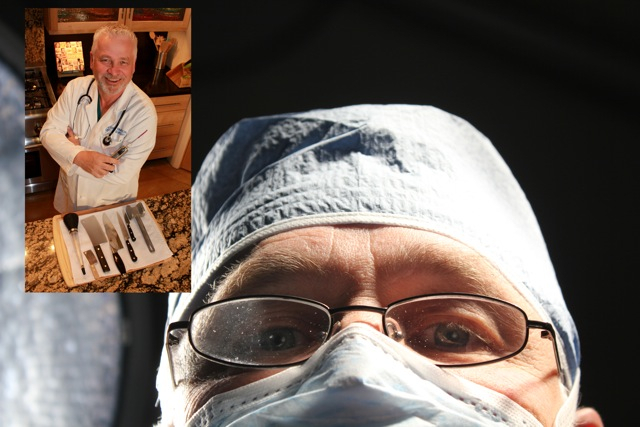Obesity rates continue to rise, in spite of a reduction in sugar intake, a reduction in soda, a reduction in trans fats, and even a reduction in calorie intake
But the obesity increase predominantly affects the poor, and dietary changes in the United States tend to be among the more affluent. Minorities are more affected. Among Hispanics obesity affects 46% of the women and 39% of the men, in contrast to 36% of white women and 34% of white men. Blacks had even higher rates of obesity with 57% of black women being obese.
The news in children is better, but far from optimistic. While 17% of children from ages 2 to 19 are obese, and this has not changed in ten years, it is a devastating diagnosis for children. Children are a bit easier to develop programs, as we can remove sugared beverages from schools, and make school lunches healthier.
Obesity is a complex disease it is not as simple as calories in equals calories out. The only known cure for obesity is weight loss surgery. While non-surgical options continue to predominate advertisements, often the result is small and not long-term. HCG, for example, has never been shown in a randomized study to produce long lasting weight loss, or have any more efficacy than a placebo (in Arizona this is the basis of many weight loss centers). Weight loss centers offering “proprietary” prescriptions are simply formulations of current prescriptions.
Over-the-counter weight loss supplements fall into two categories: those that are ineffective and those that are contaminated with ingredients that have been taken off the market. The supplements are not tightly regulated, and while they use terms like “clinically proven,” none of them have ever had any evidence of long-term effectiveness or safety.
Our best hope is for prevention of obesity and that begins in the kitchen. The work that has been done in school provides a model. The shortcomings are once children are out of school the ability to obtain calories from fast food that is inexpensive remains.
The answer for prevention is not in a pill but in the kitchen. There are five times as many restaurants opening as grocery stores, the reverse of the trend of the 1960’s.

